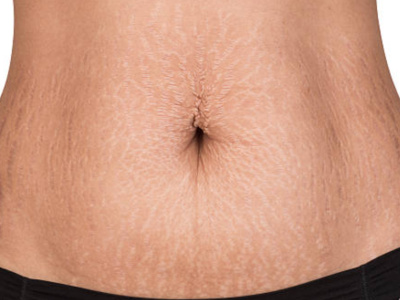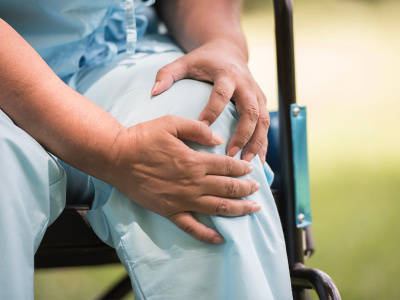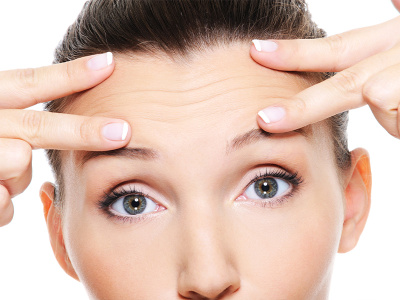Treatment
Treatment
- Details
Pico Laser
Pico laser skin treatments have become increasingly popular in recent years as a solution for a variety of skin concerns, including fine lines, wrinkles, acne scars, pigmentation, and more. This non-invasive, minimally-invasive laser technology uses short bursts of energy to penetrate deep into the skin, delivering noticeable results with minimal downtime.
What is Pico Laser?
Pico laser is a type of laser technology that uses ultra-short pulses of energy to penetrate deep into the skin. The energy from the laser is delivered in picoseconds, which is one-trillionth of a second. This technology was designed to improve the effectiveness of laser treatments and to reduce the risk of side effects and downtime.
How does it work?
The laser energy is absorbed by the skin, causing a thermal reaction that stimulates collagen production and breaks down pigment. The intense heat from the laser also causes the skin to tighten, resulting in a smoother, more youthful appearance. The laser energy is delivered in very short pulses, which minimizes the risk of side effects and damage to surrounding tissue.
Why should you consider Pico Laser?
Pico laser is a highly effective solution for a variety of skin concerns, including fine lines, wrinkles, acne scars, pigmentation, and more. Unlike other laser treatments, which can cause significant downtime and side effects, pico laser is minimally-invasive and typically results in little to no downtime.
Benefits of Pico Laser
- Improved skin texture and tone: Pico laser treatments can help to improve the overall appearance of the skin, reducing the appearance of fine lines, wrinkles, and pigmentation.
- Minimal downtime: Unlike other laser treatments, pico laser requires little to no downtime, making it a convenient solution for those who cannot afford to take time off from work or other activities.
- Safe and effective: Pico laser is a safe and effective solution for a variety of skin concerns. It is minimally-invasive and typically results in little to no side effects or discomfort.
- Non-surgical solution: Pico laser is a non-surgical solution for improving the appearance of the skin. It is a great alternative to more invasive procedures, such as plastic surgery, that can be expensive and require significant downtime.
Conclusion
Pico laser skin treatments are a highly effective solution for a variety of skin concerns, including fine lines, wrinkles, acne scars, pigmentation, and more. The minimally-invasive nature of the treatment, combined with its effectiveness, makes it a popular choice for those looking to improve the appearance of their skin. If you're considering pico laser, be sure to consult with a licensed skin care professional to determine if it's the right choice for you.
What to do Before Pico Laser treatment:
- Consultation with a qualified and experienced practitioner is essential to determine if you are a suitable candidate for PICO laser treatment.
- Inform your practitioner about any allergies or medical conditions you have.
- Avoid using any topical creams or lotions on the treatment area for at least 24 hours before the procedure.
- Avoid waxing, electrolysis, or hair removal creams on the treatment area for at least one week before the procedure.
- Avoid taking blood-thinning medications such as aspirin, ibuprofen, and fish oil supplements for at least one week before the procedure. This reduces the risk of bruising and bleeding.
- Avoid exposure to direct sunlight and tanning beds for at least two weeks before the procedure. Use a broad-spectrum sunscreen with SPF 30 or higher.
What to do After Pico Laser treatment:
- Apply a cool compress or ice pack to the treated area for 10-15 minutes at a time to help reduce swelling and discomfort.
- Avoid exposure to direct sunlight and tanning beds for at least two weeks after the procedure. Use a broad-spectrum sunscreen with SPF 30 or higher.
- Avoid picking or scratching the treated area, as this can increase the risk of infection and scarring.
- Avoid using any topical creams or lotions on the treatment area for at least 24 hours after the procedure.
- Avoid strenuous exercise, hot baths or saunas, and exposure to direct sunlight for at least 24 hours after the procedure.
- Follow any specific post-treatment instructions provided by your practitioner, such as avoiding certain foods or medications.
- Contact your practitioner immediately if you experience any severe pain, redness, or swelling that does not improve with time.


 0
0 



